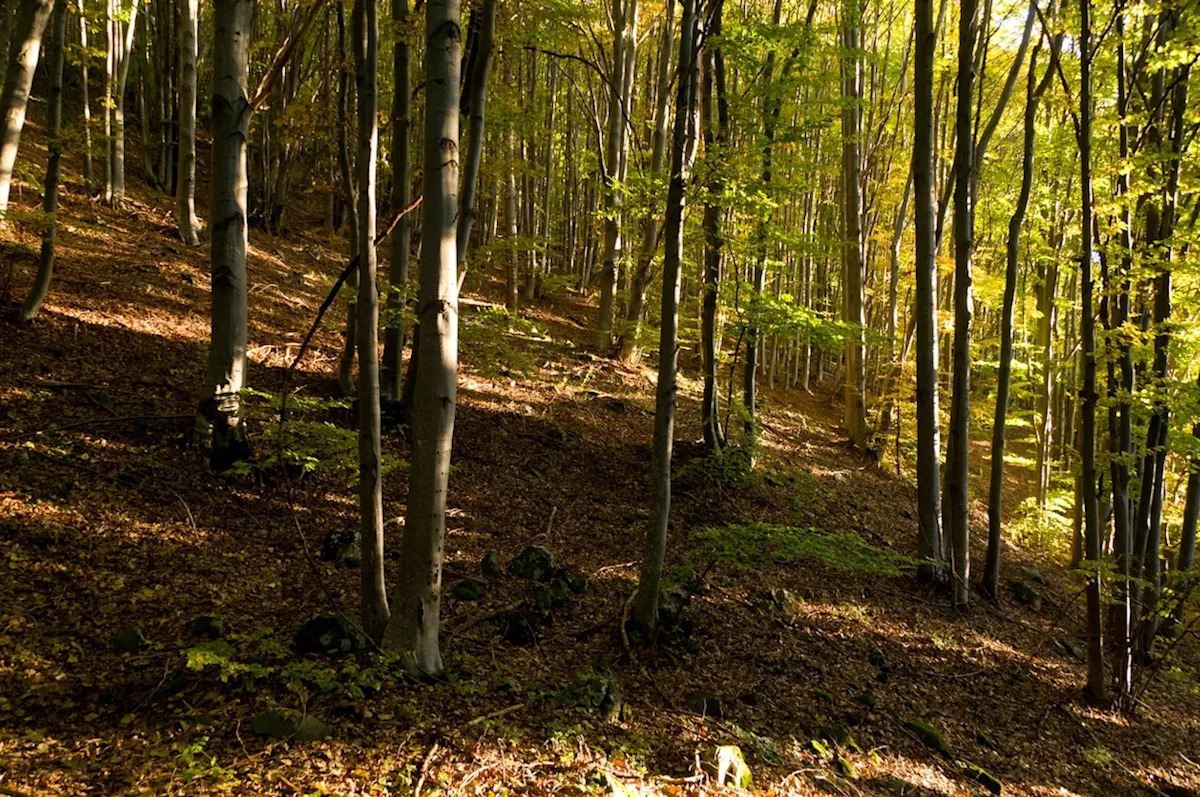In recent months, a remarkable development regarding wildlife conservation has emerged from Ohio, captivating the attention of local residents and wildlife enthusiasts alike. The sighting of a fisher, a member of the weasel family, in Ashtabula County has reverberated through environmental and conservation circles. For nearly two centuries, this elusive creature was thought to have vanished from the region, with few recorded sightings since its last known presence nearly 200 years ago. The incident represents not only a fascinating wildlife encounter but also highlights ongoing efforts in biodiversity conservation and habitat restoration.
Understanding the Fisher: A Rare Sight
To appreciate the significance of this encounter, it’s essential to understand what a fisher is. With a long, bushy tail that typically makes up one-third of its body length, the fisher is known for its agility and reclusive nature. As a carnivorous mammal, it primarily hunts smaller animals and is adept at climbing trees. Its stealth and hunting prowess contribute to its mystique; they are rarely seen, earning them the description of being "reclusive."
Paul Mechling, a retired veterinarian who discovered the fisher in his driveway, noted the creature’s unexpected appearance, remarking, "You don’t see very many of them." Unfortunately, the sighting was bittersweet. The fisher, an expectant mother, had fallen victim to a vehicle, underlining both the fragility of wildlife populations and the threats they face in urbanizing landscapes.
Encouraging Signs for Species Recovery
Despite the tragic circumstances of this particular sighting, it serves as a beacon of hope for the fisher population. Wildlife officials reported increased sightings in Northeast Ohio, with 40 documented encounters since 2013. These encouraging numbers suggest that breeding is occurring within the population, indicating a potential resurgence of fishers in their historical territory.
Katie Dennison, a wildlife biologist, reassured the public, stating that fishers tend to avoid human-populated areas, reducing the likelihood of significant conflict concerning livestock. Nevertheless, as fishers are carnivorous and prey on chickens and other small domestic animals, residents in rural areas are advised to secure their livestock, particularly during nighttime hours.
The Wider Context: A Landscape Rebounding
The reemergence of the fisher in Ohio is part of a more extensive pattern of species recovery across the United States. Similar successful reintroductions have occurred with other species, such as wolves in Colorado and wild bison in Montana. These efforts aim not only to restore individual populations but also to enhance ecosystem dynamics by reestablishing predators and keystone species that play crucial roles in maintaining ecological balance.
In Colorado, for instance, the reintroduction of wolves has positively impacted prey populations and improved habitat health. Likewise, bison in Montana contribute to biodiversity through their grazing habits, which create diverse habitats for various wildlife species.
The return of these animals suggests a broader ecological awakening, with species once thought lost or endangered successfully finding their way back into ecosystems. Such success stories underline the importance of conservation efforts and habitat protection in promoting wildlife resilience.
Community Engagement and Awareness
The return of species like the fisher emphasizes the vital role that community awareness and involvement play in wildlife conservation. Local populations can significantly impact the success of conservation initiatives by adopting practices that support biodiversity. Educational programs about local wildlife, understanding species behaviors, and active participation in habitat restoration projects foster a culture of stewardship.
Increasing awareness also prompts support for conservation policies that protect both wildlife and their habitats. Through collective community efforts, residents can contribute to the sustainability of their local ecosystems, ensuring that future generations experience the rich biodiversity that once thrived in their backyards.
A Call to Action
The rediscovery of the fisher in Ohio serves as a compelling case study in the importance of wildlife conservation and community awareness. It reminds us that the intricate web of ecosystems is resilient but requires our attention and care. As we navigate a changing environment marked by urban development and climate change, the responsibility falls on us to ensure that the balance of nature is maintained.
Encouraging responsible practices among residents, such as securing livestock, promoting habitat conservation, and supporting wildlife organizations, is crucial. Furthermore, advocacy for sustainable land use policies can foster environments where wildlife, and humans, can coexist harmoniously.
Conclusion: Species on the Rise
While the sighting of the fisher in Ohio came with sadness due to its tragic circumstance, it represents a significant step toward species recovery in the region. The broader implications extend beyond just the fisher, offering hope for other species and highlighting the symbiotic relationship between humans and the natural world. As communities come together to celebrate these moments, let us embrace our roles as custodians of the environment, ensuring that creatures previously thought lost can thrive once more.
As advocates for our shared planet, let us keep looking out for the signs of recovery and be proactive in fostering a sustainable future where wildlife and human populations coexist. The fisher may not be a common sighting, but with collective effort and commitment, we can strive to ensure that such remarkable creatures remain a part of our ecosystem for generations to come.










